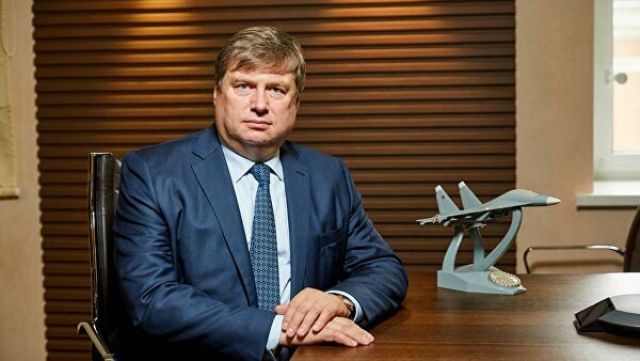Novosibirsk. February 5. INTERFAX-SIBERIA-A production aircraft with an all-electric powerplant may appear by 2030, says Andrey Dutov, General Director of the N.E. Zhuklovsky Institute Research Center.
"Such aircraft should appear according to all world plans somewhere around 2030," he told reporters in Novosibirsk on Friday.
He noted that the electric motor developed by CJSC "SuperOx" using the superconductivity effect is the first in the world.
According to him, at present, SibNIA has created a flying laboratory with a hybrid power plant based on the Yak-40, it has an electric motor with a capacity of 500 kW as an auxiliary, the aircraft should fly in 2021. The electric motor is installed in the nose of the aircraft with an air propeller, In the tail part of the fuselage, the standard engine is replaced by a turboshaft gas turbine engine with an electric generator.
The next flying laboratory based on the IL-114 will appear in two years, and a 1 MW engine should be created for it, he said.
"The next laboratory will be created in two years, it will fly on electric motors, without auxiliary electric motors," said Dutov.
He also noted that similar engines can be used in shipbuilding, railway transport.
According to the chairman of the Board of Directors of CJSC "SuperOx" Andrey Vavilov, the efficiency of the electric motor is 99.7%.
The scheme will be adapted for the IL-114 flying laboratory, he said.
Andrey Grigoriev, head of the Advanced Research Foundation, noted that the certification of the aircraft electric motor is expected to be completed by the end of the 2020s.
"According to our plans, the plans of the Ministry of Industry and SIC Zhukovsky, certification, as I understand it, should be completed, everything should be done by 2030, so that electric aircraft appear in life," Grigoriev said.
On Friday in Novosibirsk, the stage of ground testing of the flying laboratory on the basis of the Yak-40 aircraft began, the aircraft was rolled out, compatibility and stability of operation were checked.

